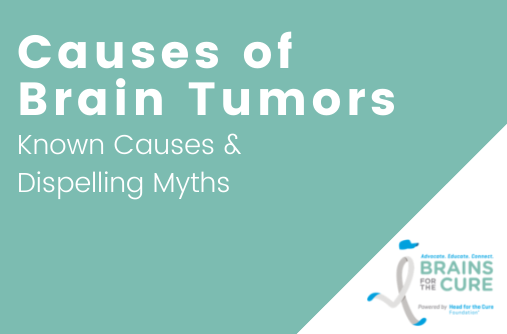Caregiver Questionnaire
JPH Guide
M: Diffuse Intrinsic Pontine Glioma (DIPG)
Medical
Medical: DIPG
Medical: Tumor Types
My DIPG Navigator and the ChadTough Defeat DIPG Foundation
Head for the Cure has recently partnered with My DIPG Navigator to introduce a pivotal resource for families and patients battling diffuse intrinsic pontine glioma (DIPG) and diffuse midline glioma (DMG). This initiative promises to …
Read More

